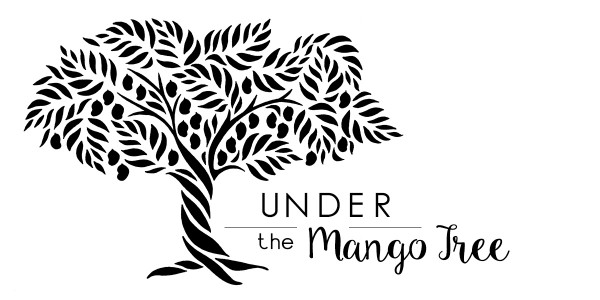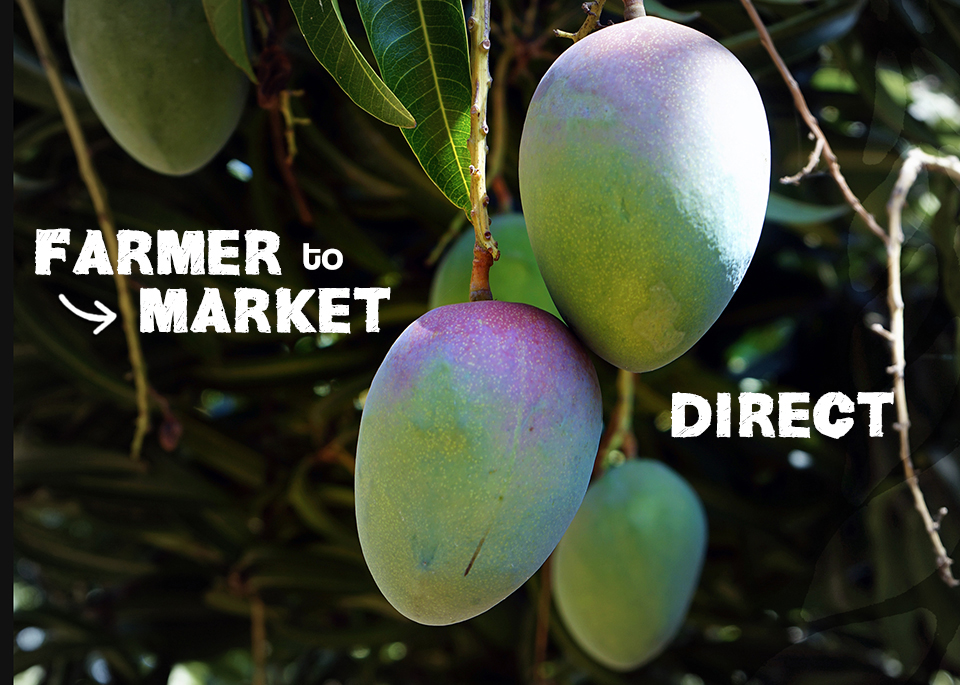Mangonomics
Less juice in the current squeeze — a timely reminder about fruit and finance
In my many years working for global farmers—with the twofold aim of generating real income to build sustainable systems of selling and pleasing consumers with flavor-filled offerings—I’ve heard a lot about the value of the dollar. As a global traveler, I’ve often enjoyed the benefit of its strength. But in my work with organic commodities, especially Mexican mangoes, we’re constantly watching exchange rates. For the last 5-10 years, the peso-dollar relationship has been a fixation. And this week as reports of a plummeting dollar flood the news, it felt important to toss out a reminder about Mexican mangonomics. When the dollar drops and the peso climbs, as is happening now, pressure builds—on top of already crushing challenges. The squeeze tightens. And I think it’s worth asking: how much is too much?
Over the past decade, the peso-to-dollar exchange rate has been anything but stable. Moments of political tension—like NAFTA renegotiations—and global crises—like the COVID-19 pandemic—caused major swings in currency value. What was once a relatively steady relationship has become unpredictable and fragile. For Mexican mango producers selling into the U.S. in dollars, this volatility makes planning incredibly difficult. When the peso strengthens, their production costs in Mexico—labor, packaging, fuel, freight, compliance—rise in real terms, while the dollars they’re paid lose value at home. The stronger the peso, the smaller the return. Layer that with steadily rising costs in Mexico across all areas of the supply chain, and the pressure mounts. With the dollar weakening again, the squeeze is real. This isn’t just about numbers—it’s about livelihoods, food, and the system we all rely on.
Dollar Drops, Pressure Increases
The peso has been flexing. The dollar, not so much.
When the dollar drops, it squeezes Mexico’s mango growers. Most people don’t think about exchange rates when they’re buying fruit, but those little dips in value hit hard. Exporters get paid in dollars, but they pay all their expenses—fruit costs, labor, fuel, packaging, compliance—in pesos. So, when the dollar weakens and the peso gets stronger, every shipment sold brings in less money back home. And those same shipments now cost more to produce. Fewer pesos in, more pesos out. That’s the simple mangonomics.
Mangoes Are Getting More Expensive to Grow
Mexico’s agricultural costs have been rising fast. Wages are up, and rightfully so. But that means growers now have higher labor bills. Packaging, diesel, trucking, and organic inputs cost more than ever. Even getting fuel is harder—recent policy changes are limiting cross-border fuel flow, raising prices on farms that already struggle to keep things cool, clean, and moving.
It’s not just numbers. It’s people. Many of these growers are working in tough conditions with thin margins. They’re trying to pay fairly, farm responsibly, and stick to organic methods. But everything around them is getting more expensive, and when the dollar dips, they’re left with even less room to move.
It Doesn’t Stay in Mexico
When the dollar weakens, Mexican growers get less value back home for the same fruit. But their costs—labor, freight, compliance—don’t go down. They go up. That imbalance creates stress in the supply chain, which eventually can show up in how mangoes move and arrive, how consistent programs can be, and how long promotions last. The price tag at consumer level is full of those variables and everyone is fighting to keep it down.
It’s important to understand that this system is interconnected. Mango growers and packhouses can’t absorb every shift alone. When pressure builds at the start of the chain, it makes its way through. Not always in prices, but often in availability, timing, and the ability to invest in quality and care. When the dollar drops, the whole system gets stretched thinner.
There’s a Bigger Picture
These financial shifts aren’t just about mangoes. They’re about the interconnected systems that move food across borders—trade, freight, fuel, labor, currency. When the value of the dollar shifts, it doesn’t just affect economics on paper—it impacts real systems that depend on trust, timing, and balance.
Mangoes don’t move in a vacuum. They move across borders, through customs, through contracts and commitments that only work when things stay somewhat stable. When the dollar drops, cracks form. Planning gets harder. Timelines shift. Costs climb. And the strain shows up not just at the farm, but throughout the chain—from orchard to table.
My Ask Is Simple: Understand the Cost of the Mango
At the end of the day, the mango is still the mango. But behind every piece of fruit is a system under pressure—currency swings, rising costs, political tension, and the simple truth that quality, flavor, and ethics come at a price.
This isn’t a pitch. It’s a reminder. A lot goes into making sure mangoes arrive fresh, fair, and flavorful. When pressure builds—like it is now—we all need to be aware of what it takes to keep the system steady.
From orchard to table, this is the reality under the mango tree.



